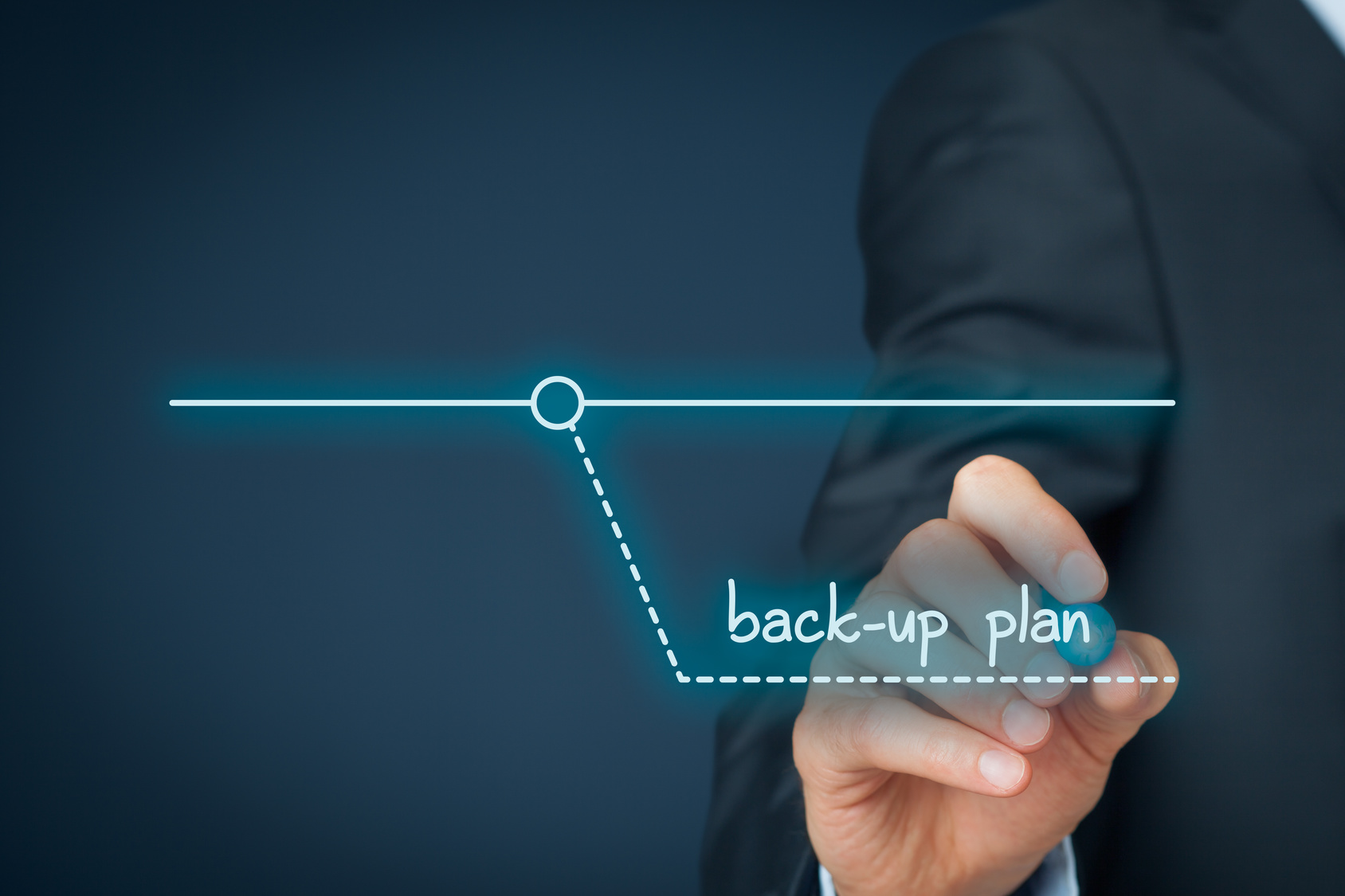Data backup is one of the most important things when it comes to the cybersecurity of a business. You’re storing all sorts of confidential documents and sensitive information. So you have the responsibility to protect such data at all costs.

Data loss can have a severely negative impact on a business, and it can affect its continuity. What if there’s a natural disaster, a hacking incident, or a massive fire? Well, if you devise a good backup and recovery strategy, then you won’t have to worry about “what ifs.”
Let’s start by talking about different types of backup mediums.
Different Backup Mediums
1. Cloud Storage
Thanks to its convenience, cloud computing is an excellent idea for all businesses. There are many advantages of using cloud storage, including the following:
- Unlimited storage
- Encryption
- Cost-effectiveness
- Convenience
But even though you use encrypted cloud storage, if the hacker is skilled enough, they can still cause some severe damage. So, it is always smart to use more than one backup method and ensure that there’s no file loss in case of a disaster.
Also Read: How to Backup System with AOMEI Backupper?
2. Local Data Backup
You also have an option to store data on local computer drives. That is a good option as well because your backed-up data will be near you at all times. Usually, you can connect the storage medium to the source device or through a local area network. It includes the following:
- Network-attached storage
- Internal hard drives
- External hard drives
- Optical drives
- Shared network folders
It offers pretty good protection in case your original hard drive fails, or malware infects it. The restoration process is also rather quick, and it’s among the most cost-effective methods on the list. But it is not prone to physical theft, which is something that you should keep in mind.
3. USB Drives
Until recently, USB drivers couldn’t store large volumes of data. But today’s USB drives can have huge storage space – more than two terabytes. If the data volume isn’t too large, a USB drive backup can be a great cost-effective option. It is less prone to physical theft because you can store it in a less obvious place, or even a pocket. But a downside is that USB drives have much less capacity than external hard drives, for example.
4. External Hard Drives
External hard drives are among the most widely-used methods of backing up critical business data. Compared to some other backup mediums, external hard drives are much cheaper and offer a decent amount of storage. Also, if one’s not enough, you can always buy more and backup data in respective categories. Moreover, most of the modern external drives come with integrated backup software.
5. Tape Backup
Tape storage is perfect for insane amounts of data. Even though it’s one of the oldest methods of backing up data, it is still prevalent in the business world. Tapes can hold large volumes of data for more extended periods. But even though it might be convenient, a huge downside is the price. Another thing to note is that tape backups are pretty slow and can take many hours to complete.
Backup Security Tips
Backing up files is rather easy, and it usually doesn’t take a lot of time. But you should put in place security measures to ensure that your data stays secure no matter what. And there should be a strategy in case the worst happens. Here are some pro tips.
1. Maintain Security While Backing Up
When backing up data, it is essential to keep your security levels high. For example, if you’re using cloud backup to store copies, then you should always use encryption to keep the data transfer protected. You can do it by encrypting the connection to the internet (using a virtual private network service) or encrypting data before backing it up.
Better yet, make sure no one outside your network can access your backup storage. It can protect your data from many outside threats. And business VPN solutions, such as NordVPN Teams, could still make the backup available for remote workers.
2. Disaster Recovery Strategy
You should always have a strategy in case of a disaster. Since disasters can vary from storms and fires to hacking and ransomware, it is important to set aside enough time to think through all the possibilities. Devise recovery strategies for each of the potential issues. That way, you’ll ensure that your data always stays protected.
3. 3-2-1 Strategy
If you’re not sure how to approach the backup process, you can use the 3-2-1 strategy as a rule of thumb.
In a nutshell, every backup should consist of two parts: local backup and offsite backup. That is because one medium can always fail. And if you rely on only one backup method, in case of a disaster, you risk losing all your data. Here are the basics of the 3-2-1 strategy:
- Copy 1 – local copy
- Copy 2 – local backup that is easily-accessible
- Copy 3 – offsite copy that serves as an extra layer of security in case the previous fails
Backing up business data should be among the top priorities of any decent company. There are too many threats lurking around the corner. It would be a shame to fall victim to them.
Also Read: Modern Technologies In Education: What’s In Trend?
Ransomware is a common data enemy, and this type of malware has become extremely popular in recent years. But hacking is not the only issue. Even a single power outage can be devastating. That is why you should devise comprehensive recovery and backup strategies.